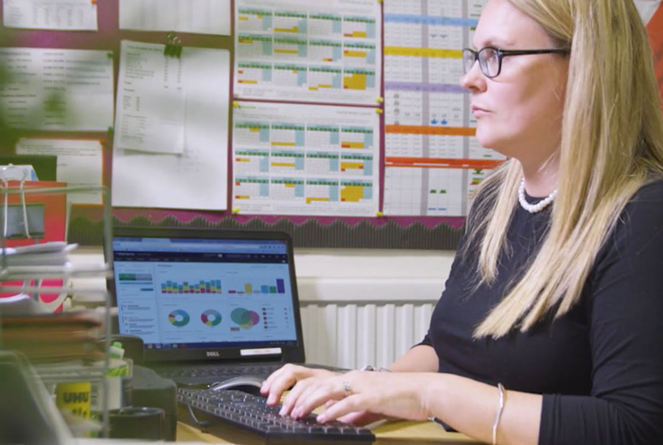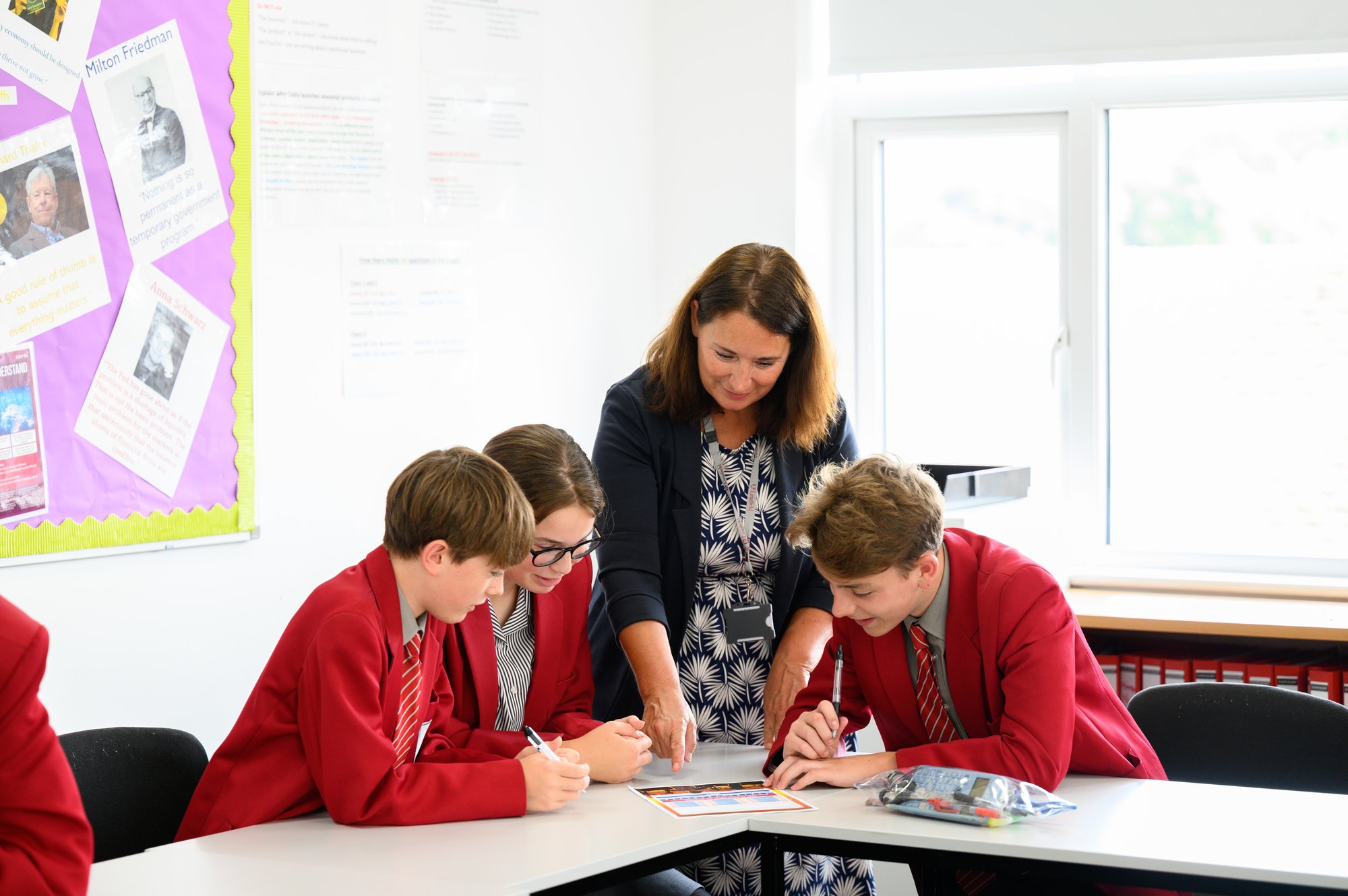Fluency and the Reading Framework
In July 2023, we wrote a blog outlining key elements of the revised Reading Framework (DfE Jul 2023). Over the next few weeks, we will explore this document in more detail to consider how some recommendations can be incorporated into school and classroom practice. In the first of this series, we look at reading fluency.
What is Reading Fluency?
Reading fluency is defined as reading with accuracy (reading words correctly), automaticity (reading words at an appropriate speed without great effort) and prosody (appropriate stress and intonation).
Improving Literacy in KS2 EEF 2021 Improving Literacy in Key Stage 2 | EEF (educationendowmentfoundation.org.uk).
Fluency is not just about speed but also how the reading sounds; for example, does the reader use the appropriate expression? Do they ‘read’ the punctuation and the words?
It is important to aim for fluency at every stage of a pupil’s reading journey (sometimes called progressive fluency) because it can be difficult to change if pupils get into a habit of reading slowly, word by word. The simple view of reading, the model on which the National Curriculum is based, focuses on word and language comprehension as the two key elements of reading. Fluency has been described as an essential bridge between these elements because it encompasses word recognition alongside semantic and syntactic knowledge.
The Importance of Reading Fluency
There are several reasons why reading fluency is important. These include:
- Reading comprehension – if pupils are reading slowly, word by word, their understanding of the text will be impeded because they are less likely to gain meaning within and across sentences
- Reading for pleasure – pupils who are fluent in reading are more likely to enjoy it and, therefore, read more
- Pupils who read widely are more likely to do well at school – reading supports vocabulary development and will help to increase pupil’s knowledge and understanding of the world
- The demands of the curriculum and examinations. For example, pupils who don’t read fluently may struggle to read all of the KS2 Reading SATs paper or complete the reading required in the secondary school curriculum
Practical Ideas for Developing Fluency in Reading
How, then, can we encourage pupils to read with greater fluency? Here are some practical suggestions for improving reading fluency in your classroom:
- When listening to pupils read, pay attention to how the reading sounds, accuracy, and understanding. This will encourage pupils to think about that aspect of their reading
- Model how reading should sound
- In the early stages of reading, focus on helping pupils to decode quickly and to increase the number of words they can read automatically – frequent reading opportunities are essential
- Choose texts which lend themselves to fluent reading e.g. ones with repeated key phrases such as Run, run as fast as you can, The Highwayman came riding
- When reading dialogue, talk about how the character might say something
- Once one-to-one correspondence is secure, encourage pupils to use their eyes rather than their fingers to keep their place, as pointing can slow reading down
- Ask pupils to prepare a short extract to read aloud
- Prepare texts as a class for reading aloud – possibly as a performance. Stages could include modelling how it should sound, reading it together/silently/to a partner, dividing text up so individuals/groups read different sections
- Prepare poems to read together as a performance
- Encourage re-reading extracts/early reading books – this aids fluency and comprehension. Books which have been read in school are ideal to send home
- Make a point of praising learners for how the reading sounds
In Summary
If you would like to know more about reading fluency, including more practical ideas for teaching, why not attend our webinar Developing Fluency in Reading
For further information and resources on reading fluency, visit Timothy Rasinski, Ph.D. – Resources (timrasinski.com)
Look out for our next blog in the series titled Organising Books.


/Primary%20school%20.jpg?width=2000&name=Primary%20school%20.jpg)








.png?width=940&height=788&name=Lingfield%20College%20Case%20Study%20(5).png)
-1.png?width=1000&height=833&name=National%20Association%20of%20Head%20Teachers%20(3)-1.png)
-3.png?width=1080&height=1080&name=Untitled%20design%20(10)-3.png)







